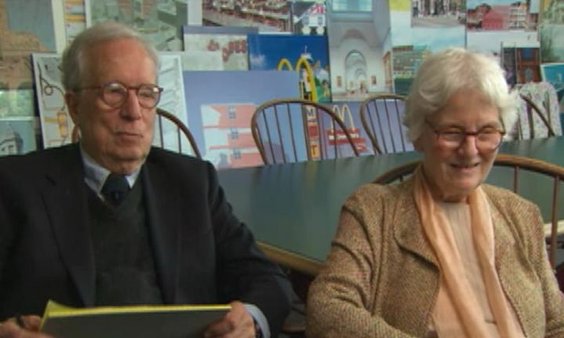[DSB] For someone who from the age of two, knew about Modern architecture… really literally, when I was two I saw blueprints, I remember it, and I was two years old and there were these prints and they were really blue. People haven’t had blueprints in years, so you could, kind of, date it. But, I’ve had this love affair with that house, with its flat roof and its steeled alley columns.
This is in South Africa?
[DSB] In Johannesburg, our house there, which was about the second Modern house ever built in Johannesburg.
I’ve seen a picture.
[DSB] And, so, I’m not about to depart from Modernism, particularly as I’m a moralist. Someone once said there’s a corner of heaven for those… reserved for those who believe in morality and the arts. So, I say I’m a functionalist for moral reasons and I believe in that morality, but I’m also a functionalist for aesthetic reasons. I think following functional precepts very… letting them lead you to ugly places can help aesthetics develop and change and adapt. And you can find excitement, aesthetic excitement in doing that. And that’s the kind of aesthetics that we like, the aesthetics of… I call them agonised aesthetics, sometimes, transitional aesthetics. We like antique furniture that isn’t quite pure – the legs are too big and the feet are too big like a puppy because they’re heading somewhere else, or something like that. We like impure mixtures. So, all of this goes with our take on Modernism and, I think, I’ve shown how we refurbish the idea of the Neue Sachlichkeit, the New Objectivity, to cover this and we redefined functionalism. So, it isn’t blindly following just the program of the first client. Our view on Urbanism, our view on cycles make us see there may be 100 different functions because we’ve seen buildings in use in housing from the 12th century, in European cities. And we know the plumbing isn’t the same and the way houses are lived in isn’t the same. So, all of that makes us redefine functionalism. And then the social categories we’ve learned and the technical ones we’ve learned make us have other means of redefining functionalism too. So, its Modernism adapted and these are the ways in which we’ve adapted it.






